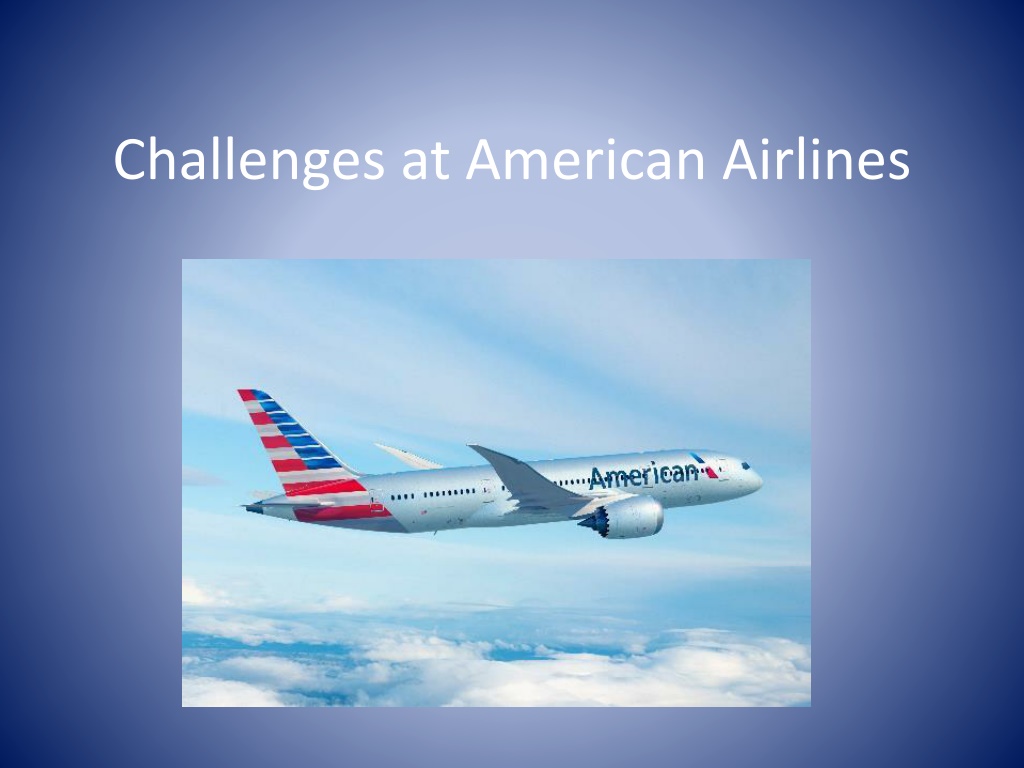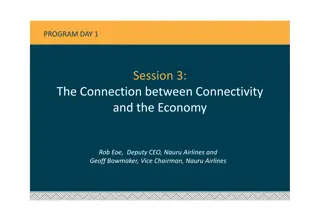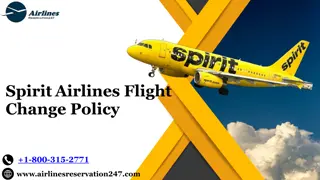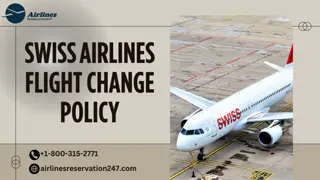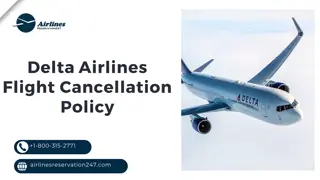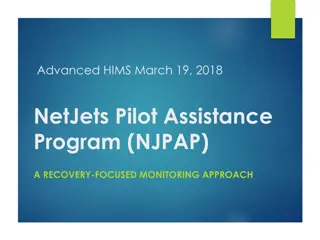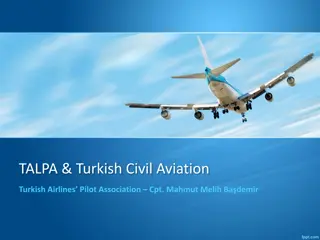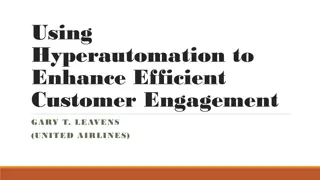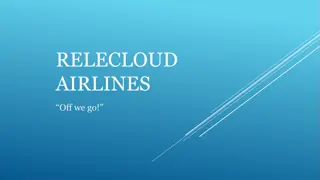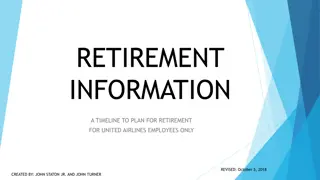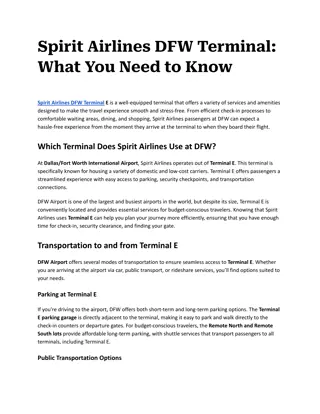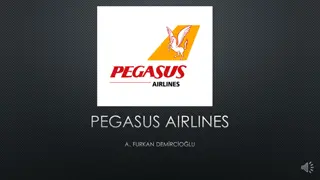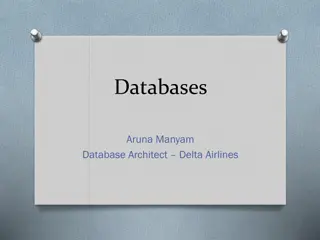Challenges and Solutions in American Airlines' HIMS Program
American Airlines faced challenges in restructuring their HIMS program post-merger, leading to issues with staffing, pilot capacity, and transition to a new IMS provider. Despite obstacles, the program overview highlights the detailed process of recertification for pilots with chemical dependence or abuse, emphasizing the importance of thorough evaluation, counseling, and monitoring. Ongoing concerns include delays in Special Issuance processing and the need for continued oversight during the transition period.
Download Presentation

Please find below an Image/Link to download the presentation.
The content on the website is provided AS IS for your information and personal use only. It may not be sold, licensed, or shared on other websites without obtaining consent from the author. Download presentation by click this link. If you encounter any issues during the download, it is possible that the publisher has removed the file from their server.
E N D
Presentation Transcript
HIMS Program Update Allied Pilots Association National Aeromedical Committee Captain Pete Lewis Chairman FO Michael Galante HIMS Deputy Chairman
AA HIMS Program Change American Airlines closed their medical department after merger AA Medical was the IMS (Independent Medical Sponsor) for all HIMS pilots at the time Company and Union, through steering committee, devised a path forward AMAS was selected as the new IMS
AA HIMS Program Overview AA adopted FAA recognized and approved Human Intervention Motivation Study (HIMS) back in early 80 s Recertification program for pilots with either: Diagnosis of chemical dependence or abuse Test positive on DOT random (Supplement L) The following are exceptions to FAA s two-year waiting period to get back to cockpit which is AA guideline Process elements, roles, and responsibilities: Initial Evaluation EAP/SAP RTC 28-day inpatient care Aftercare psych/AA peer Pre-Special Issuance monitoring Quad and Testing Special Issuance issued Post-Special Issuance monitoring
AA HIMS Program The Pilot Attends 28-day inpatient residential rehabilitation (AA-preferred facility) Attends 90 Alcoholics Anonymous meetings in 90 days post-inpatient rehabilitation Undergoes cognitive, psychological, and psychiatric exam (AMAS-approved provider) Attends mandatory monthly Quad meeting at their crew base with chief pilot, AME, EAP and Union peer Follows periodic testing schedules and requirements Soberlink, PEth, et cetera In some cases, an individualized follow-up treatment plan may be required. This may include: Group aftercare Intensive outpatient therapy Individual counseling
AA HIMS Issues/Concerns Over 180 total pilots in the Program after merger- initially not budgeted or staffed for more than 140 pilots Longer than normal waits for SI s due to FAA staffing and large volume of blue ribbon files for review Continued steering committee oversight as the transition from AA Medical to AMAS continues
Finding experienced Doctors Psychiatrists for evaluations AME s that understand the paperwork P&P Doctors
AMEs managing the pilots under their care. Inconsistent oversight anywhere from little to no interaction to crippling requirements and unrealistic expectations
Funding the committee and the program Flight loss pay Conferences Travel to and from treatment centers Transportation and Logging for family members during family weekend.
Working with the union and company leadership
Group Dynamics Separation of pilots who are true alcoholics vs. pilots who had bad luck or someone was out to get me This creates a poisonous environment for those who are there to truly get healthy
Group Dynamics Turnover at the commuter level, including both ALPA and management is ongoing. This creates a certain level of uncertainty (trust) with our HIMS pilots.
Relapse Threat The Where is my medical question evolves into our biggest relapse threat.
Financial Responsibilities Treatment, recertification, and health insurance paid completely by the pilot creating substantial financial burden. This is the BIGGEST challenge for our program.
